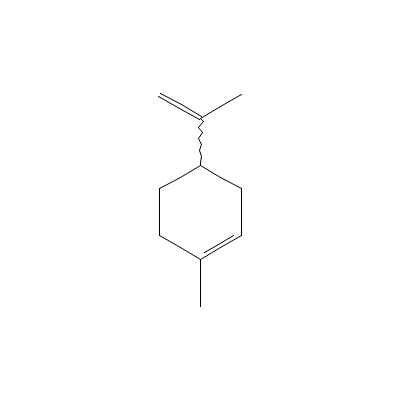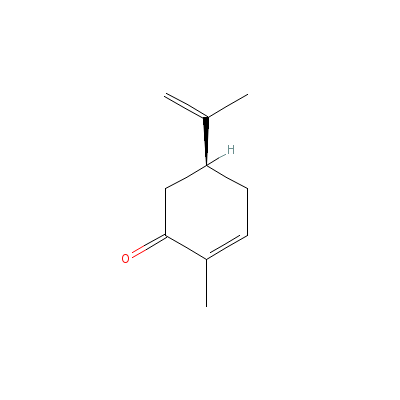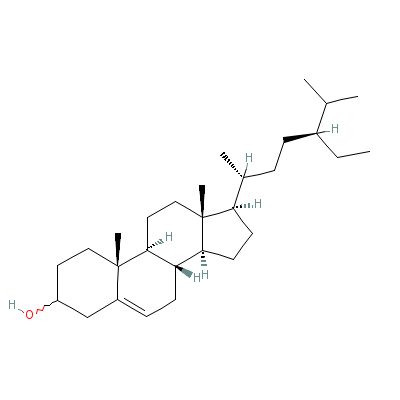| |
|
|
Botanical Name |
: |
Nigella sativa L. |
English
Name |
: |
Black Cumin, Fennel Flower, Roman Coriander and Nutmeg Flower |
Synonym(s) |
: |
Nigella indica |
Family |
: |
Ranunculaceae |
| |
General Info
| Description |
 |
|
The plant has a rather stiff, erect, branching stem, bears deeply-cut greyish-green leaves and terminal greyish-blue flowers, followed by odd, toothed seed vessels, filled with small somewhat compressed seeds, usually three-cornered, with two sides flat and one convex, black or brown externally, white and oleaginous within, of a strong, agreeable aromatic odour, like that of nutmegs, and a spicy, pungent taste. |
| Herb Effects |
 |
|
Diuretic, carminative, alleviates spasms, antiprotozoal, anticancer and stimulates the cardiovascular and immune systems (seed); antiasthmatic, dilates bronchial tubes, hypotensive, insecticidal, antibacterial and in animals depresses the central nervous system. |
Chemistry
| Active Ingredients |
 |
|
Nigellone, 2-methyl-4-isopropyl-P-quinone, D-limonene and carvone (essential seed oil); beta-sitosterol and a fatty acid (seed); melanthin (a glucoside). |
| Chemistry
of Active Ingredients |
 |
|
|
 |
Name |
CAS# |
IUPAC Name |
Formula |
Structure |
 |
|
| D-limonene |
95327-98-3 |
1-methyl-4-prop-1-en
-2-yl-cyclohexene |
C10H16 |

|
| Carvone |
53763-73-8 |
2-methyl-5-prop-1-en
-2-yl-cyclohex-2-en-
1-one |
C10H14O |

|
| beta-Sitosterol |
5779-62-4 |
17-(5-ethyl-6-methyl
-heptan-2-yl)-10,13-
dimethyl-2,3,4,7,8,9
,11,12,14,
15,16,17
-dodecahydro-1H-cycl
openta[a]phenanthren
-3-ol |
C29H50O |

|
|
Pharmacology
| Medicinal Use |
 |
|
In biliousness, colic, constipation, debility, fever, headache, herpes, jaundice, ophthalmia, parturition, rheumatism, sores, septicemia, sciatica, anal sclerosis, stomachache; to increase the secretion of milk, are good for digestive and menstrual disorders, insufficient lactation and bronchial complaints, soothing stomach pains and spasms and easing wind, bloating and colic, to treat abscesses, haemorrhoids and orchitis (seeds); to remove lice from the hair (powdered seed). |
| Contraindication |
 |
|
Do not take during pregnancy. |
| Reference |
 |
|
 Chandel et al., Biodiversity in Medicinal and Aromatic Plants in India. Chandel et al., Biodiversity in Medicinal and Aromatic Plants in India.
The Himalaya Drug Company.
Sharma, Classical Uses of Medicinal Plants. |
|
|